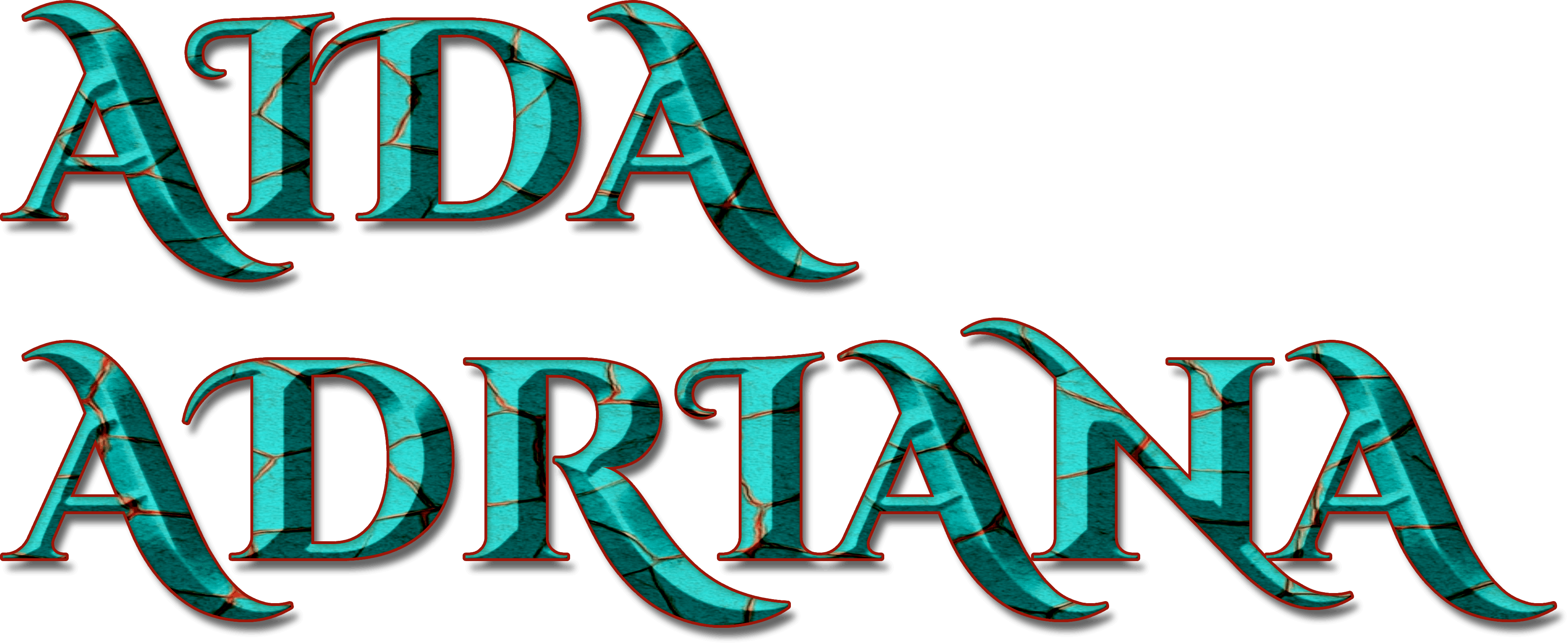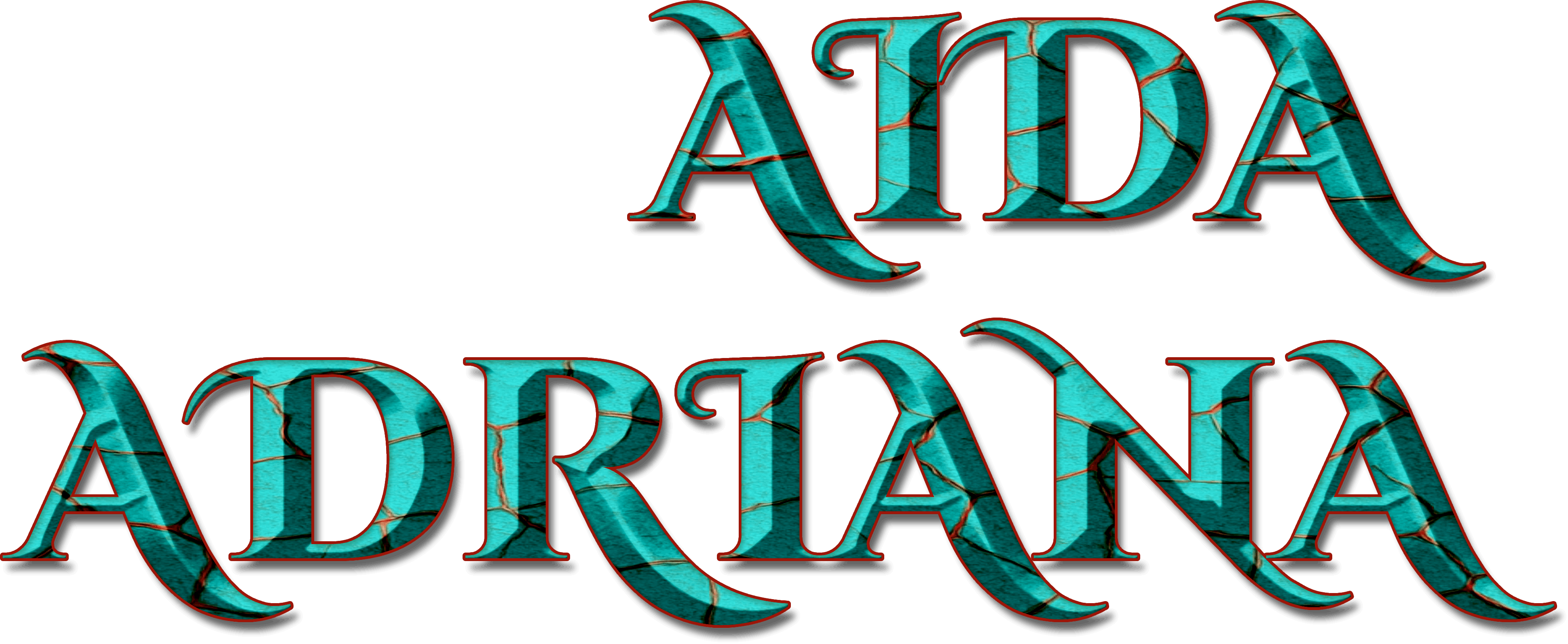Step into the world of Aidalore — where the imagination behind Aida Adriana’s writing takes shape. Here you’ll find insights into the worlds she builds, the lore that weaves through her stories, and the inspirations that give life to her fictional universe.
The Istanbul Secrets
A world where history and mystery entwine beneath the ancient stones of Istanbul. The Istanbul Secrets series draws from real locations, relics, and legends that echo through time — from the sacred halls of Topkapi Palace to the hidden tunnels beneath Hagia Sophia, and the mysterious discovery of the Gospel of Barnabas.
The Tunnels
Beneath Istanbul’s bustling streets lies an intricate network of ancient passageways — remnants of the Byzantine and Ottoman eras that inspired much of the series’ hidden lore. Historical accounts tell of secret tunnels connecting Hagia Sophia, the Grand Bazaar, and even stretching toward the Topkapi Palace and the Sea of Marmara. Some of these were said to serve as escape routes for sultans or secret conduits for trade and diplomacy.
In the novel, these tunnels become a silent witness to the city’s past — a labyrinth beneath Topkapi Palace designed by Sultan Mehmed II himself. Osman, a guardian of these secrets, leads the characters through a concealed corridor lined with intricate tilework, where mechanical traps once protected a hidden chamber. True to legend, parts of these tunnels are based on real underground structures such as the Basilica Cistern and Yerebatan Sarnıcı — engineering marvels of the Byzantine Empire, where columns rise from water like ghostly sentinels.
The Book of Barnabas
One of the most mysterious elements in the story is the Gospel of Barnabas — a real artifact that has stirred intrigue across centuries. Discovered during a 2000 anti-smuggling operation in Tokat, Türkiye, this 1,500-year-old leather-bound manuscript was written in Aramaic, the language of Jesus. It was later transferred to the Ankara Ethnography Museum for preservation. Scholars have long debated its authenticity: some believe it contains an alternative account of Jesus’s life, while others dismiss it as a medieval forgery. In The Istanbul Secrets, the book becomes a symbolic bridge between faith, history, and truth — a missing link that unites past and present.
Within the novel, fragments of this text appear alongside crimes in England and Turkey, drawing the protagonists toward the relic’s ultimate resting place beneath the palace grounds. The threads of fiction intertwine with historical fact — echoing the true mystery that still surrounds the Gospel of Barnabas today.
Topkapi Palace
At the heart of Istanbul’s old city stands Topkapi Palace, once the seat of Ottoman sultans and now a living museum of empire and faith. In The Istanbul Secrets, the palace’s underground vaults hide not just treasures but revelations. The story references real artifacts housed within — the Prophet Muhammad’s cloak, the Topkapi Dagger, and countless relics of immeasurable cultural value.
In reality, Topkapi’s true chambers and tunnels remain partly undiscovered, some sealed for centuries to protect what lies beneath. The novel draws on this mystery, transforming historical architecture into a living character — a silent witness to both faith and deception, ambition and truth. Beneath its marble floors and gilded domes, history itself seems to whisper, just as it does through the pages of the book.
The Road to the Future — TOGG
From the depths of Istanbul’s tunnels to the highways of tomorrow, Turkey’s story continues with TOGG — the nation’s first fully electric car, designed in partnership with Pininfarina and built in Gemlik, Bursa. Combining cultural design cues with cutting-edge innovation, the TOGG T10X embodies modern Turkish craftsmanship and ambition. It marks a new era where history’s ingenuity meets the hum of progress — a quiet electric roar echoing from an empire’s past into its future.
Sequence Breach
A thrilling fusion of technology, morality, and human ambition — Sequence Breach explores how data, memory, and consciousness intertwine. The novel’s core ideas are grounded in real scientific advances that push the boundaries of what’s possible today.
Data in Quartz
Central to the story is the concept of data encoded in quartz — a genuine scientific breakthrough known as 5D data storage. Researchers at the University of Southampton have proven that information can be written into quartz glass using femtosecond lasers, creating nanostructures that alter light refraction. These optical layers can hold hundreds of terabytes and remain stable for billions of years, surviving heat, radiation, and time itself.
AI and Optical Decoding
The decoding system in the novel mirrors real technology. AI-driven optical sensors can already interpret the refractive signatures of materials to recover stored information. Similar systems are being developed in laboratories for ultra-dense data retrieval, using machine learning to map light interference patterns.
Quantum Calibration
The quantum calibrators used to synchronize resonance between human and crystal frequencies are inspired by real-world quantum synchronization methods used in secure communication networks and photonic computing. These technologies rely on entangled photons to transmit information with near-zero data loss and unmatched precision.
Predictive Systems
The predictive algorithms behind WOAD — the organization in the story — echo real developments in deep learning and predictive analytics. Today’s AI systems already analyze vast datasets to forecast consumer behavior, social movements, and economic trends. The book extends that power into ethical questions about free will, privacy, and the illusion of choice.
Supercomputing and Cryogenic Cooling
The liquid-cooled laboratories depicted in Sequence Breach reflect real supercomputing environments. High-performance processors, such as those in modern AI or quantum data centers, use sub-ambient liquid cooling to manage extreme heat loads. These systems are the backbone of our most advanced scientific research today.
Quantum-Resistant Encryption
The novel’s cryptographic framework references ongoing research into post-quantum encryption — algorithms designed to remain secure even against the computational power of future quantum computers. This real science ensures that humanity’s most important data can remain safe in a world where traditional encryption is no longer enough.
AI Ethics and Human Autonomy
The philosophical tension at the heart of Sequence Breach — the conflict between predictive control and human freedom — mirrors current global debates in AI ethics. Organizations like the United Nations and the OECD are already working to define boundaries for machine intelligence, data privacy, and algorithmic accountability. The novel turns these questions into a cinematic confrontation between technology and the human spirit.


